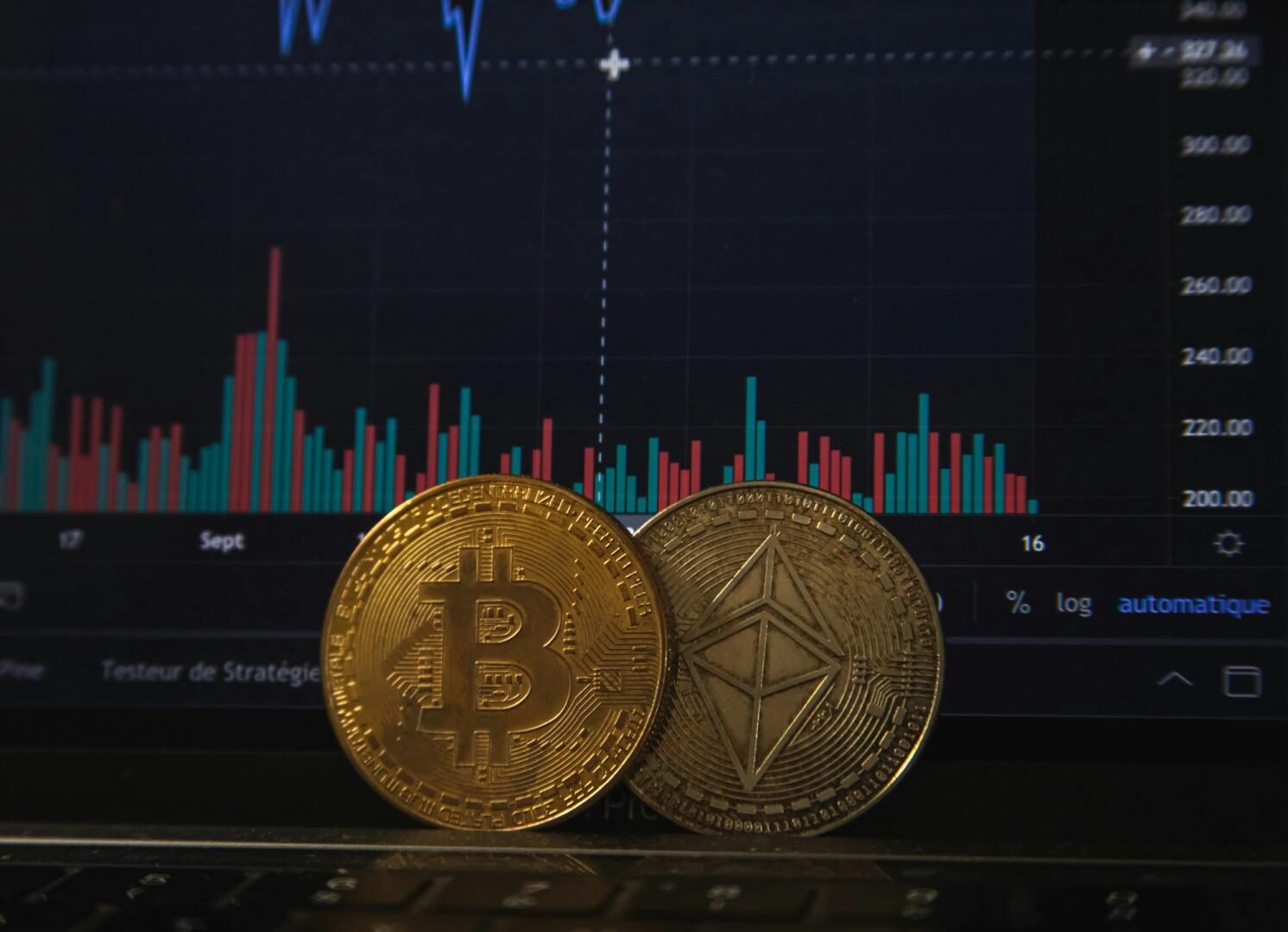-
Back to menu
Prices
-
Back to menu
-
Back to menu
Indices -
Back to menu
Research
-
Back to menu
Events -
Back to menu
Sponsored
-
Back to menu
Videos -
Back to menu
-
Back to menu
-
Back to menu
Webinars
Select Language
Alex Krüger says recent liquidations and scary charts could set up a bullish rebound, though conviction trends may wait until after the Fed’s Sept. 17 decision.
By Siamak Masnavi, AI Boost|Edited by Aoyon Ashraf
Updated Aug 30, 2025, 9:24 p.m. Published Aug 30, 2025, 9:00 p.m.

- Analyst Alex Krüger says extreme bearish-looking charts can flip bullish once forced selling clears leverage.
- He sees little trend until after the Fed’s next rate decision on Sept. 17, following the conclusion of the two-day FOMC meeting.
- Krüger insists the cycle isn’t over and sees SOL as a possible outlier due to new decentralized treasuries building on the chain.
Crypto analyst and macroeconomist Alex Krüger thinks the market looks ugly enough to turn bullish.
On Saturday, Krüger wrote on X, that “most crypto charts now look so broken and bearish that it’s bullish.” He argued that when price action looks this bad, the panic has usually gone far enough that a reversal may not be far behind.
STORY CONTINUES BELOW
Krüger attached a series of charts from Binance and derivatives dashboards.
They included bitcoin BTC$108,581.37 and ether (ETH) spot price charts, both of which had fallen below short-term upward trendlines, creating a technically bearish picture. He also posted a solana SOL$200.46 chart that showed relative resilience compared with BTC and ETH.
Alongside those, he shared BTC-USDT and ETH-USDT derivatives charts, which combined futures indicators — such as funding rates and long liquidations — with options metrics like skew. Together, they showed traders had turned heavily defensive.
In his post, Krüger said long liquidations had been “significant,” especially in “the last two rounds after the close today.”
In futures markets, traders can borrow to take bullish bets. When prices fall, their collateral gets wiped out and exchanges automatically close positions. This kind of forced selling pushes prices down further in a cascade. Once it’s over, however, markets can stabilize because the excess leverage has already been flushed out.
The analyst also highlighted that bitcoin and ether absorbed most of the selling, while many altcoins had already stopped crashing earlier in the day. Normally, smaller tokens collapse after majors, not before them.
For Krüger, that divergence is “often a sign of upcoming strength,” suggesting panic selling may be winding down.
Krüger told followers to “check the skew,” noting that puts were much more expensive than calls. In options markets, that imbalance signals defensive positioning and heightened fear.
For contrarians like Krüger, one-sided fear often precedes a rebound, because if everyone is already hedging, there are fewer sellers left to push prices lower.
While he is “bullish into next week,” Krüger said he doesn’t expect strong trends to develop until after the Federal Reserve’s next policy meeting.
The Federal Open Market Committee (FOMC) meets Sept. 16–17, with a rate decision and press conference at the conclusion on Sept. 17.
He expects the Fed to cut interest rates, which he argues is “not fully priced in.”
Lower rates reduce the cost of borrowing and often add liquidity, which can boost demand for risk assets like crypto.
Krüger emphasized that this is not the end of the cycle, even if prices fall further in the short term. At the same time, he does not expect the kind of euphoric “blow-off top” that has marked past crypto bull markets.
The one exception, he said, could be SOL, which continues to attract inflows from new decentralized treasuries deploying capital on the network.
For Krüger, the setup is straightforward: charts look ugly, liquidations are behind, options pricing screams fear, and the Fed decision looms. His message was simple — the time to bet on upside is when panic is loudest, not when celebrations begin.
AI Disclaimer: Parts of this article were generated with the assistance from AI tools and reviewed by our editorial team to ensure accuracy and adherence to our standards. For more information, see CoinDesk’s full AI Policy.
More For You
By Siamak Masnavi, AI Boost|Edited by Aoyon Ashraf
4 hours ago

River’s research estimates BTC ownership at 65.9% for individuals, 7.8% for funds, 6.2% for businesses and 1.5% for governments. About 7.6% is believed to be lost.
What to know:
- River’s research estimates that as of Aug. 25, 2025, individuals hold about 65.9% of BTC (13.83 million coins).
- Funds and ETFs control about 7.8% of supply; businesses hold 6.2% and governments control 1.5%.
- River says the distribution is inferred from filings, address tagging and prior research. In other words, it is an estimate, not an on-chain census.













